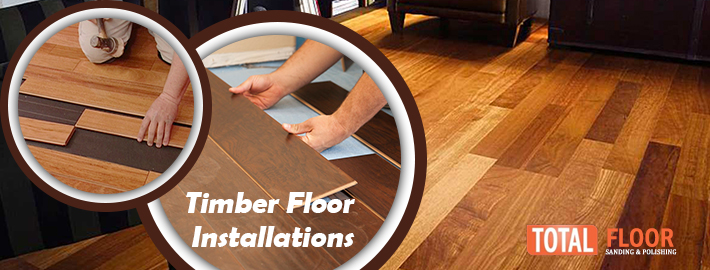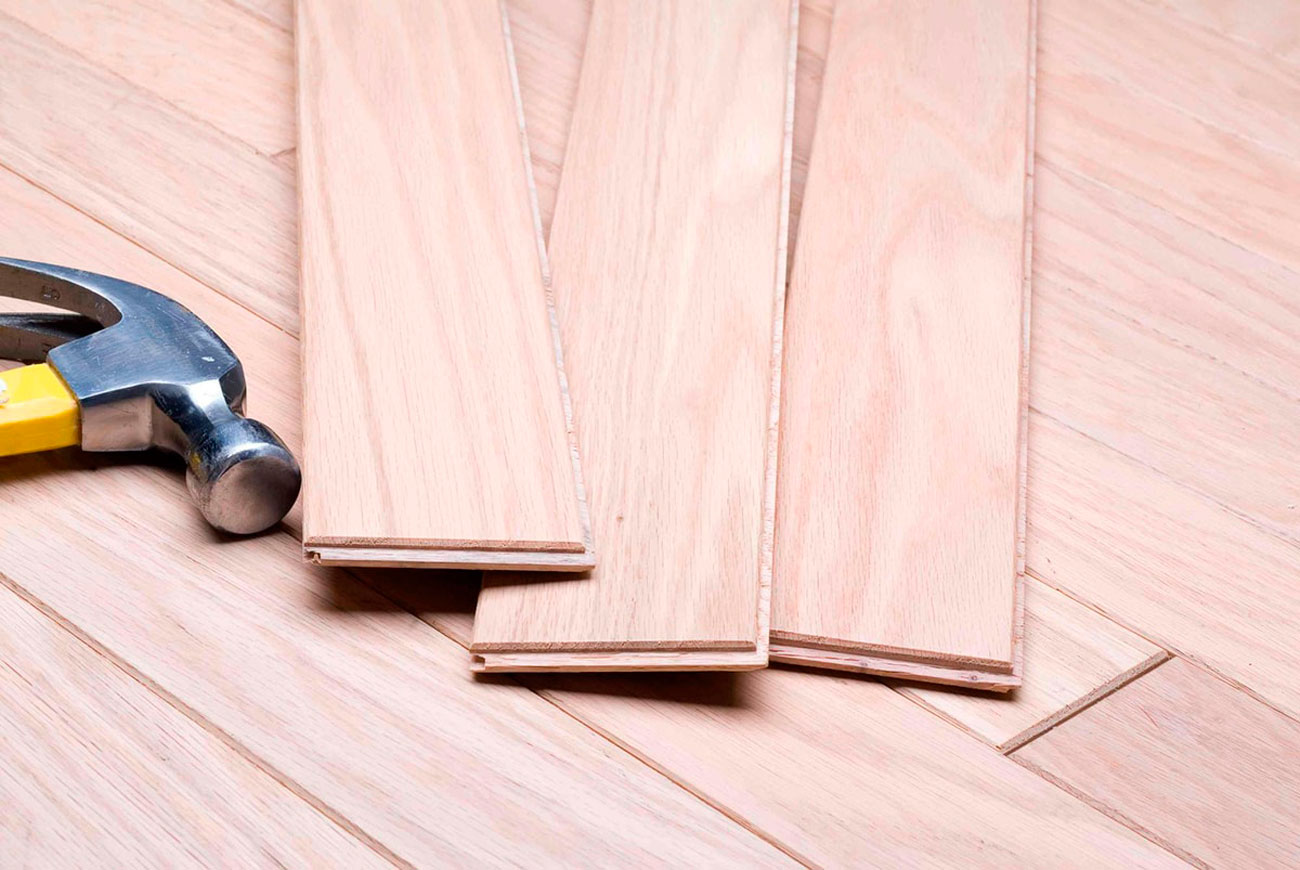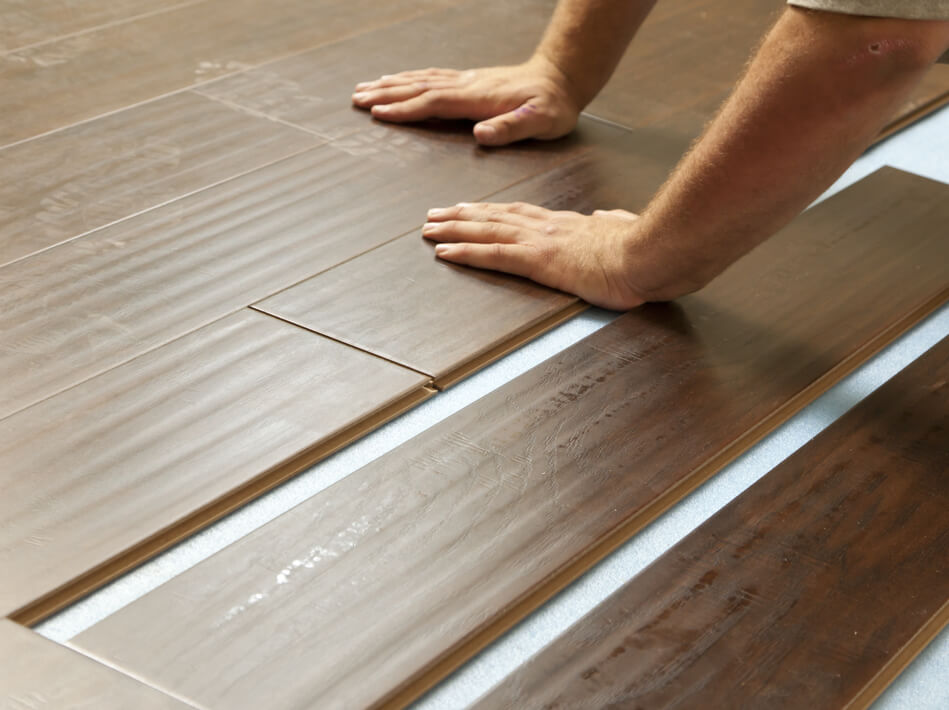Whether you’re a homeowner looking to upgrade your living space or a business owner aiming for a stunning commercial space, the importance of proper hardwood floor polishing Melbourne cannot be overstated. Installing hardwood floors is a significant investment that adds value and beauty to any interior.
In this blog post, we will delve into the world of hardwood floor installation, providing you with valuable insights and expert tips to ensure your path to perfect floors.
Overview of Hardwood Floor Installation:
Before we delve into the details, let’s start with a general understanding of hardwood floor installation and its importance. Hardwood floor installation involves the process of fitting wooden flooring onto a subfloor.
It offers numerous benefits, such as durability, easy maintenance, and a timeless appeal. Additionally, hardwood floors can increase the value of your home and create a warm and inviting ambience.
Having a well-planned installation process is crucial to ensure the longevity and beauty of your hardwood floors. Proper installation prevents issues like warping, buckling, or gaps between the boards. It also ensures that the flooring is level and secure, providing a stable surface for years to come.
Types of Hardwood Floor Installation
There are several types of hardwood floor installation Melbourne methods, each with its advantages and considerations. Here are some of the most common types:
- Nail-Down Installation: This method involves nailing the hardwood planks to the subfloor. It’s a traditional and secure method commonly used for solid hardwood flooring.
- Staple-Down Installation: Similar to nail-down installation, this method uses staples instead of nails to secure the hardwood planks to the subfloor. It’s often used for engineered hardwood flooring.
- Glue-Down Installation: In this method, hardwood planks are adhered directly to the subfloor using a strong adhesive. It’s commonly used for engineered hardwood and is suitable for concrete subfloors.
- Floating Installation: This method involves interlocking the hardwood planks without being fastened to the subfloor. It’s a popular choice for engineered hardwood and can be installed over various subfloor types.
- Click and Lock Installation: This is a variation of floating installation, where the planks have tongue-and-groove edges that click and lock together, eliminating the need for adhesive or fasteners.
- Nail-Assist Glue-Down Installation: This combines elements of both nail-down and glue-down methods. It involves glueing the planks to the subfloor and using nails or staples to ensure a secure fit.
- Radiant Heat Installation: Hardwood floors can be installed over radiant heating systems. However, specific installation methods and considerations are necessary to accommodate the heat distribution
Hardwood Floor Installation Process
Now that we have a clear understanding of the installation methods, let’s break down the step-by-step process involved in installing hardwood floors.
a) Subfloor Preparation:
The first step is to prepare the subfloor. This involves ensuring it is clean, level, and dry. Any imperfections should be repaired, and moisture levels should be measured to prevent future issues.
b) Acclimation of Wood:
Allow the hardwood planks to acclimatise to the humidity and temperature of the installation area. This usually involves keeping them in the room for a specific period to reduce the chances of the wood expanding or contracting after installation.
c) Layout Planning:
Carefully plan the layout of the hardwood planks, considering factors like the direction of the light, the shape of the room, and any architectural features. This step is crucial to achieving a visually pleasing result.
d) Actual Installation:
Proceed with the installation, following the chosen method. Whether you’re nailing down, glueing down, or floating the planks, ensure each board is properly aligned and snugly fit together.
e) Sanding and Finishing:
After the installation, sand the floor to create a smooth and even surface. Apply the desired finish, such as oil-based or water-based polyurethane, to protect and enhance the natural beauty of the wood.
4. Hardwood Floor Installation Tips
- Measuring and calculating material requirements accurately
Before purchasing materials for your hardwood floor installation Melbourne, it is crucial to measure the area accurately and calculate the material requirements. Consider factors such as the size and shape of the room, any alcoves or closets, and any additional waste or cuts.
It is always a good idea to add a little extra to account for any mistakes or future repairs. Consult with a professional or use online calculators to determine the quantity of hardwood planks, underlayment, and finishing materials needed for your project.
- Properly preparing the room for installation
To ensure a smooth installation process, it is essential to properly prepare the room beforehand. This includes clearing out furniture and belongings from the space, removing any old flooring materials, and addressing any subfloor issues or repairs needed.
Creating a clean and clutter-free environment will allow for easy manoeuvrability and access during the installation.
- Ensuring proper moisture levels in the subfloor and hardwood materials before installation
Moisture is one of the biggest enemies of hardwood floors, as it can cause warping, buckling, or gaps in the flooring. It is crucial to ensure that both the subfloor and the hardwood materials have proper moisture levels before installation.
Use a moisture meter to measure the moisture content of the subfloor, ensuring it falls within the acceptable range specified by the manufacturer. Similarly, check the moisture content of the hardwood planks, allowing them to acclimatise to the room’s moisture levels before installation.
Failure to address moisture-related issues can result in costly repairs and damage to your hardwood floors.
- Using appropriate tools and equipment for installation
Using the right tools and equipment is essential for a successful hardwood floor installation. Invest in high-quality tools such as a circular saw, a mitre saw, a pneumatic nailer or flooring nailer, a trowel, a rubber mallet, a tapping block, and sanding equipment.
These tools will ensure precision, efficiency, and a professional finish. Additionally, make sure to have the necessary safety gear, such as goggles, gloves, and dust masks, to protect yourself during the installation process.
- Taking necessary safety precautions during installation
Safety should always be a top priority during any home improvement project, including hardwood floor installation. Take the necessary precautions to protect yourself and others involved in the process.
This includes wearing appropriate safety gear, using tools and equipment correctly, and following the manufacturer’s instructions for adhesives, finishes, and any other chemical products. It is also important to ensure good ventilation and proper lighting in the workspace. If you are unsure about any aspect of the installation, consult with a professional or seek guidance from reputable sources.
How to Prepare for Hardwood Floor Installation:
Proper preparation is vital for a successful hardwood floor installation. Here are some essential steps to take before the installation process begins:
- Clear the Area: Remove all furniture, appliances, and obstacles from the area where the floors will be installed. This will create a clear and accessible space for the installation team.
- Remove Existing Flooring Materials: If you have existing flooring materials that need to be removed, take the necessary steps to do so before the installation process. This may involve removing carpet, laminate, or tile, depending on the condition of the subfloor.
- Consider Professional Help: While hardwood floor installation can be a rewarding DIY project, it may be beneficial to hire professional help, especially if you lack experience or time constraints. Professional installers have the expertise and tools to ensure a flawless installation.
Frequently Asked Questions Regarding Wooden Floor Installation
To address common queries related to hardwood floor installation Melbourne, here are answers to a few frequently asked questions:
Q: Can hardwood flooring be installed in any room of the house?
A: Yes, hardwood flooring can be installed in most rooms, excluding areas with excessive moisture, such as bathrooms or basements. Additionally, consider the traffic levels and potential exposure to sunlight when selecting the appropriate type of hardwood for each space.
Q: How long does hardwood floor installation take time?
A: The duration of the installation process depends on various factors, including the size of the area and the complexity of the installation. On average, installing hardwood floors in a standard-sized room can take anywhere from a few days to a week.
Q: What’s the cost of hardwood floor installation?
A: The cost of hardwood floor installation varies widely based on factors like wood type, area size, labour costs, and additional materials. It’s advisable to obtain a customised estimate from a professional to determine the specific cost for your project.
Q: What type of hardwood floor installation is best for my home?
A: The best hardwood floor installation for your home depends on factors like your budget, style preferences, and the level of foot traffic. Common options include solid and engineered hardwood, each with unique advantages and suitability for different situations. Consulting a professional can help you make the right choice.
Q: How do I maintain and care for hardwood floors after installation?
A: To maintain and care for hardwood floors, regularly sweep or vacuum to remove debris, use a recommended hardwood floor cleaner, avoid excess moisture, and promptly clean spills. Place rugs in high-traffic areas and use floor protectors under furniture to prevent scratches.
Hiring Professionals for Hardwood Floor Installation:
Hiring professionals for hardwood floor installation is a prudent choice due to several compelling reasons. Firstly, their expertise and extensive experience in the field ensure that the installation process is carried out with precision and adherence to industry best practices.
This not only guarantees a flawless result but also minimises potential mistakes that can occur with DIY attempts. Moreover, professional installers are known for their efficiency, saving you valuable time and minimising disruptions to your daily routine.
Reputable contractors often provide warranties and guarantees for their work, offering long-term peace of mind. To find the right professionals, it’s essential to conduct thorough research, including checking credentials and reading customer reviews, while also obtaining multiple quotes to ensure a suitable fit for your specific project.
Conclusion
We hope this comprehensive guide has provided you with valuable insights and expert tips for your hardwood floor installation Melbourne journey. Remember to choose the right type of flooring, properly prepare your space, gather the necessary tools and materials, and follow the step-by-step installation process. With proper care and maintenance, your beautiful hardwood floors, installed by Total Floor Sanding and Polishing, will continue to bring warmth and elegance to your home for years to come
Elevate your home with Total Floor Sanding and Polishing. Choose us for expert installation and ensure your hardwood floors radiate warmth and elegance with our services.




